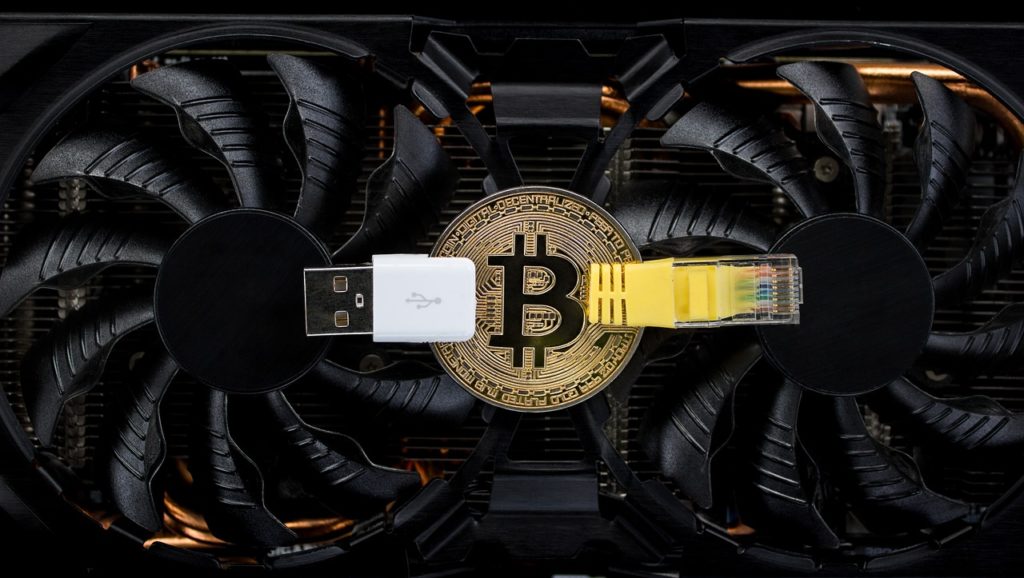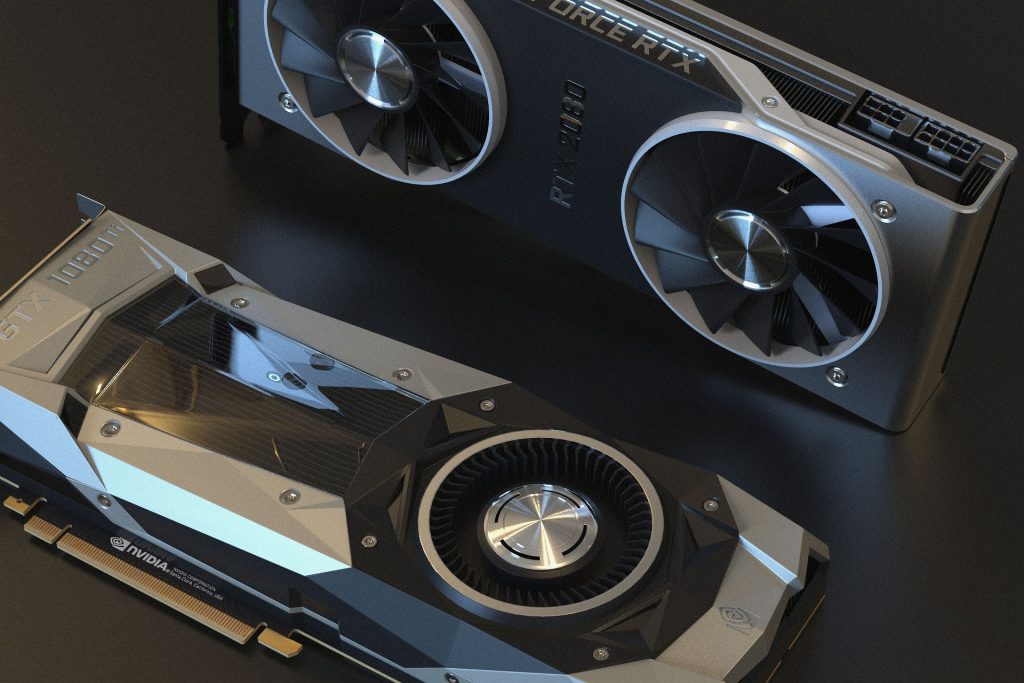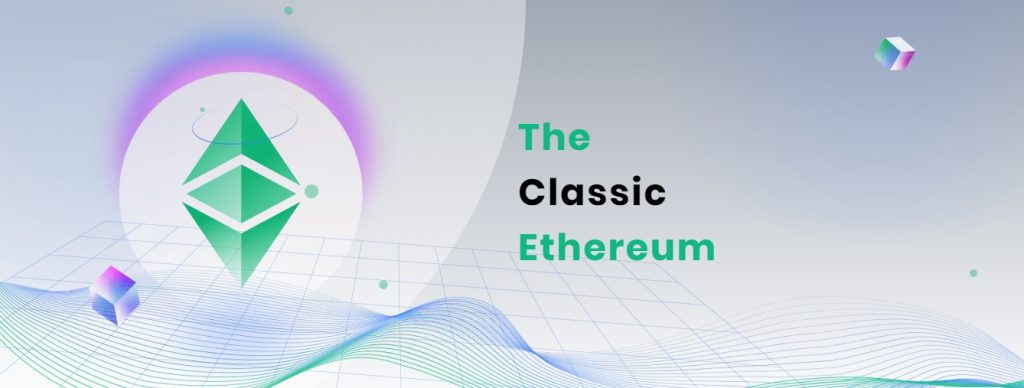After long years of delays, we finally had the Ethereum Merge in September. That means no more mining on Ethereum (ETH), which not only is the second cryptocurrency by market capitalization, but it was the second-largest Proof-of-Work (PoW) network —after Bitcoin (BTC). Now, ETH being Proof-of-Stake (PoS), the crypto mining with GPU seems uncertain.
First thing, we need to remember that even using PoW as an algorithm, not every coin offers the same readiness or profitability to mine. Bitcoin uses PoW, of course, but it’s also the hardest coin to mine. It requires specialized (and expensive) machines called ASICs (Application-Specific Integrated Circuits). On the other hand, coins like Monero (XMR) can be mined with CPUs (Central Processing Units), even.

In the middle, we have PoW-like algorithms like Ethash (previously used Ethereum'de). Miners of these blockchains use GPUs (Graphics Processing Units) to mine. Those graphics cards are popular for gamers, but the crypto miners caused a shortage of them since they also need them in high numbers to build mining rigs (a full system to mine cryptocurrency).
That’s probably over because Ethereum was the most popular chain to mine with GPU and get some nice earnings. So, what now? Are the miners just changing to another chain? It’s more complicated than that.
What Ethereum Merge implies for miners
Ethereum mining was, from the beginning, a death foretold. Eventually, this chain would abandon it in favor of the staking. Despite this fact, it’s been calculated o around $5 billion have been invested in GPUs and even ASIC machines for Ethereum mining. Lots and lots of GPU mining rigs have been left orphan because of The Merge. They can serve to mine other coins, but probably not the most profitable ones.
Ethereum, as we mentioned, was the most profitable coin to mine with GPU. And, likely, the only blockchain that demanded so much GPU mining (hash power). This kind of hardware can’t be used to mine Bitcoin (profitably), so, what’s left?

Truth be told, there are no other PoW blockchains as big as Ethereum and Bitcoin are —with twelve figures of market cap. The next ones by that factor are Dogecoin (KÖPEK), Litecoin (LTC), and Ethereum Classic (ETC). Curiously enough, none of them are in the top five by mining profitability by WhatToMine veya 2CryptoCalc.
Migration seems to be the answer for the old ETH miners, but, as we’re seeing, that’s not very easy. Especially because the more miners have a chain, the higher the mining difficulty (and the lower the profitability) will be —that’s why it’s so hard to mine BTC.
Therefore, if all those old ETH miners move at the same time to the same chain, they’ll find disappointing results, even if it works at the beginning. Receiving all those miners will increase the difficulty and quickly lower the profits for everyone.
The Ethereum Classic case
That’s likely what happened with Ethereum Classic just before and barely after The Merge. As we may know, ETC is the most similar chain to ETH itself (they were one in the past, after all). ETC preserved its PoW origins, though, and the algorithm was familiar to ETH miners. The transition to this chain was just the easiest way to proceed, and they did it.

On September 15 (Merge Day), Ethereum Classic had an All-Time High in hashrate (miners), with over 309 TH/s [2Miners]. It’s difficult to believe that was a coincidence. However, since that moment, the ETC hashrate has decreased by over 53%. This can only mean that miners are on the move, after losing profitability on ETC. They’re now looking for the most profitable chains to mine with GPU, which isn’t an easy task.
As Mark D’Aria (CEO of Bitpro) açıkladı, small miners are “completely unaware of how dependent they are on Ethereum.”
“They think they are just going to mine something else and the profits are going to be similar. But the fact of the matter is that Ethereum is 95% of the total income. Everything else is going to get absolutely crushed (…) What individual miners will be taking away will be pennies when it used to be dollars (…) and everyone is going to be pretty much unprofitable until people start turning off.”
Bu yoldan, the odds are better for those miners with the best hardware and lower energy bills. That excludes a lot of places on the list, including most residential areas in North America. If the small miners try to use their GPUs to mine any coin there now, their energy consumption will be higher than the current profits.
Coins for GPU mining
Despite the gloomy outlook, there are still some options for GPU mining. Of course, beyond the mere mining profits, it’s necessary to check other factors in order to make it profitable in the long term. Ethereum is a long-established chain, with known developers and popular projects. Other coins may not offer the same incentives. Thus, if the coin offers high mining profits but is very new, with an anonymous team, and without a proper whitepaper or roadmap, then we could say is a high-risk venture, at least.

Bu durumda, the most popular chain receiving old ETH miners seems to be Ravencoin (RVN). This is an altcoin launched in 2017 as a Bitcoin fork, but using the algorithm KawPoW to avoid centralization by ASICs —and allow GPU mining. It’s specialized in issuing different types of tokens. Besides, its founders are well-known businessmen and developers, and the official website offers proper documentation.
At the time of writing, RVN has a price of $0.03 per token and a market cap of over $362.8 million [CMC]. Its estimated mining profit every 24h is $0.31 [WhatToMine]. According to the same site, that’s not the higher profitability for GPU crypto mining, though. The first place goes for Meowcoin (MEWC), also a KawPoW coin, with over $0.33 every 24h.
Contrary to RVN, Meowcoin was born this same year. Indeed, as it can be read on their whitepaper, partly as a response to The Merge —to offer a profitable alternative for small miners. At the same time, this project promises to “tokenize pets” as Non-Fungible Tokens (NFT'ler) and donate part of its block reward to animal shelters. Currently, MEWC has a price of $0.00088 per token and a market cap of around $248,000 [CoinGecko].
More altcoins and Bitcoin
There are many more altcoins using GPU-friendly algorithms, like KaPoW, Ethash, ProgPoW, or Scrypt. The mining profitability is different for each of them, though. To mention some coins and their estimated daily rewards, we have Firo (FIRO – $0.31), Feathercoin (FTC – $0.30), Neoxa (NEOX – $0.29), Beam (BEAM – $0.29), Ubiq (UBQ – $0.26), HavenProtocol (XHV – $0.24), and Expanse (EXP – $0.24).
EthereumPoW (ETHW) was born directly in response to The Merge, as a fork of Ethereum. However, it already suffered a hack, and it’s not very popular. It’s now under ETC by mining profitability, indeed, with $0.23 daily [WhatToMine]. It has a price of $7.1 per token, and a market cap of $761.1 million [CMC] —considering that any previous ETH holder could get these tokens from mere duplication.

Each miner must do their own research (DYOR) about these projects before starting. Also, about their own possibilities: there are GPUs with different capabilities, and places with better energy rates than others. Mining calculators can help in this task, considering the energy costs and the hardware models.
Now, beyond altcoins, new peaks in Bitcoin hashrate have been seen too after the Ethereum Merge. From that event, the BTC hash power has increased by over 25% so far [BitInfoCharts]. GPUs can’t be used for BTC mining, but some old ETH miners may be selling and replacing their current machines and spaces to put their efforts into the first cryptocurrency.
Nonetheless, as we must remember, more miners imply less profitability. This could somehow impact the Bitcoin network, but the hit shouldn’t be that hard, considering that most ETH miners used GPUs. Then again, only time will tell.
Wanna trade BTC, ETH, and other tokens? You can do it güvenli bir şekilde Alfacash'de! Ve unutmayın ki sosyal medyamızda bu ve bunun gibi birçok konuyu konuşuyoruz.








